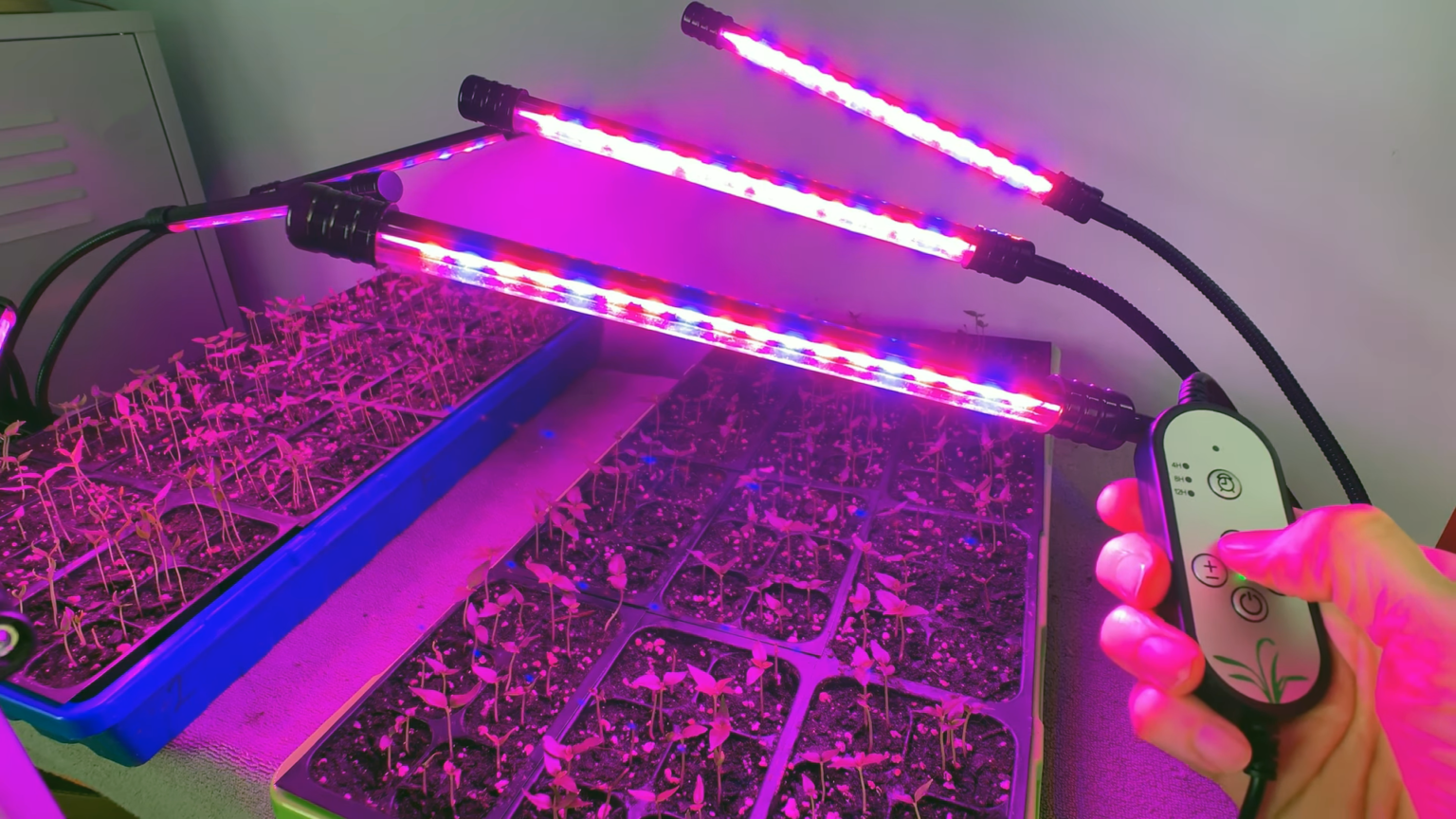It’s important to know the truth about LED grow lights. These lights can help you save money on your crop, but there are a few myths that need to be busted.
The biggest myth is that wattage will tell you how well a grow light will grow plants. The truth is, watts don’t mean much – but the other factors do!
Watts
Wattage is an estimate of the power required to operate LED grow lights. It is not a perfect measure of actual light output, as it does not account for the inverse square law of light intensity.
This inverse square law of light is an important consideration when determining the correct amount of LED grow light needed for a given space and plant density. It also depends on other factors, such as the PPFD and PAR levels of a particular LED grow light.
A great growing system is made up of a combination of the right room size, soil type, plant density, proper air circulation, the correct temperature, and the best LED grow light for each stage of growth. All these factors work together to ensure healthy and productive results.
Lumens
Lumens are a unit of measure used to describe the amount of light that is emitted by a grow light. The number of lumens a light emits can be calculated using various conversion factors.
Plants need specific wavelengths of light for photosynthesis and a number of studies have shown that LED lights emit a variety of wavelengths within the range 400-700nm. These are the wavelengths that plants need to grow and reproduce, so it is crucial that grow lights be designed with these wavelengths in mind.
LED grow light intensity is highly correlated with coverage area, which means that the closer an LED grows to the surface of the plant canopy (canopy footprint), the more intense the light will be. The light intensity drops off at the outer edges of the footprint, depending on the LED lamp itself and the design of the canopy.
Colors
There are a lot of different colors that LED Grow Lights can produce. These include blue, red, green and even yellow.
These color ranges are important for plant growth and they can be adjusted to suit plants of all stages in their lives. For instance, seedlings need blue light at the higher end of the Kelvin scale to help with vegetative growth.
They can also be adapted for flowering by adding red lights, which are at the lower end of the Kelvin scale and help with blooming.
Another holdover from traditional lighting systems is that wattage is not the most important measurement when it comes to the output of a grow light – it’s actually PPF (Photosynthetic Photon Flux Density) which is a much better way to measure how effective a light is for plants.
Traditional grow lights primarily use a mix of blue and red LEDs to give plants the right spectrum they need. This is because they are most efficient at photosynthesis when they are using the blue and red parts of the spectrum.
Temperature
The temperature of LED Grow Lights is a critical factor for growing plants effectively. The surface temperature of a leaf under a grow light affects transpiration and how well the plant can utilize water and nutrients.
The leaves of a plant under LED lighting typically show very little internal heat increase over the ambient room temp (averaged up to 12 degrees cooler than HPS). This allows plants to better use light energy for photosynthesis, as well as to maintain optimal internal stomatal conductance and nutrient uptake.
To reduce the amount of excess heat created by LED Grow Lights, growers are advised to use high-efficiency thermal sinks. These sinks dissipate the heat generated by the LEDs through a variety of processes, including cooling fans that run only when needed and the use of materials that absorb heat at a lower temperature.

